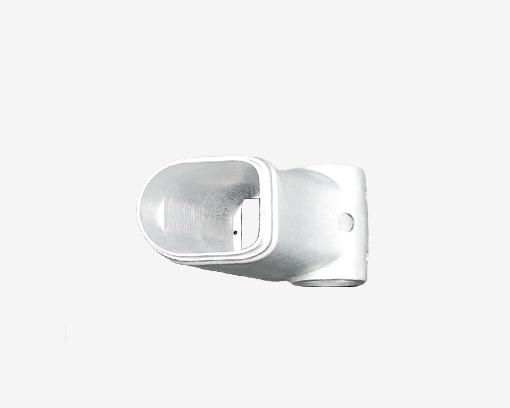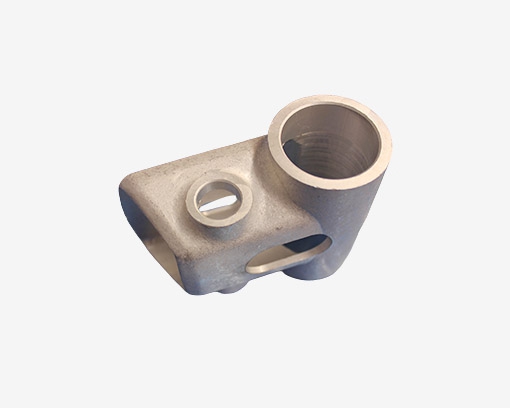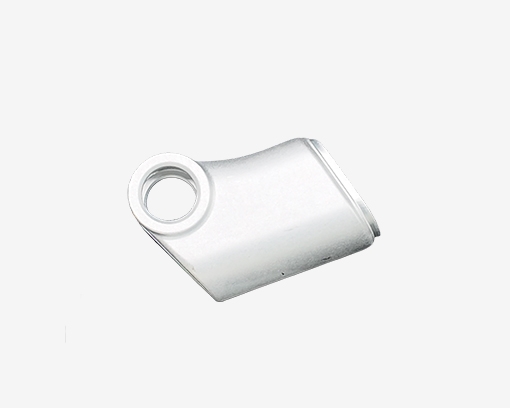The hardware five connections mainly play a role in connecting, diverting, and changing the flow direction in the pipeline system, as follows:
Connecting pipes: The hardware five way connector has five interfaces that can connect pipes from different directions and positions together, forming a complete network of the piping system. It can enable pipelines to achieve transitional connections in different planes or angles, such as in some complex industrial pipeline layouts or building drainage systems, where horizontal and vertical pipelines can be connected to ensure smooth fluid flow inside the pipeline.
Diverting or merging: In a pipeline system, when it is necessary to divide a fluid into multiple channels or merge multiple channels into one, hardware tees can be used. For example, in a water supply system, water from the main pipeline can be diverted to different branch pipelines to supply water to different areas or equipment; In some chemical production processes, materials from different sources can also be combined into one pipeline through five connections for mixing or further processing.
Changing the flow direction: The structural design of the hardware five way valve can change the flow direction of the fluid. By installing the five connections reasonably, the fluid can be turned and redirected in the pipeline system according to the design requirements to adapt to different spatial layouts and process requirements. In some air conditioning and ventilation duct systems, the use of five connections to change the direction of airflow enables accurate delivery of air to various rooms or areas.









